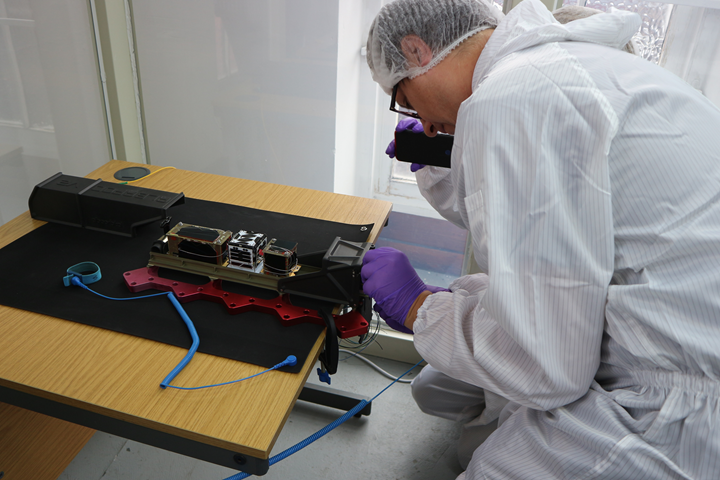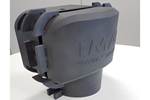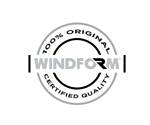Successful integration of PocketQube satellites in 3D-printed composite deployer
The 3D-printed, composites-based AlbaPod v2 satellite deployer and nine integrated PocketQubes for the Alba Cluster 3 mission enable largest PocketQube launch to date.

Photo Credit: CRP Technology
Alba Orbital Ltd. (Glasgow, U.K.) recently announced the successful integration of nine PocketQube satellites — miniaturized satellites designed to de-orbit and decay upon re-entry into the earth’s atmosphere — with the AlbaPod v2 satellite launcher, which is said to be the world’s only space-proven PocketQube deployer, and is entirely 3D printed by CRP Technology (Modena, Italy) using its Windform XT 2.0 carbon fiber composite material (see “Satellite deployer redesign supported by 3D-printed composites”).
According to Alba Orbital, the PocketQubes will be applied to the upcoming Alba Cluster 3 mission, termed “That time of year,” which will take customer satellites to orbit on a SpaceX Falcon 9 launch vehicle in December 2020 as part of a rideshare agreement. The mission is said to be the largest PocketQube launch to date.
The mission’s cluster will include Turkey’s first pico-satellite, Grizu-263a, which was designed by a team of engineering students from Zonguldak Bülent Ecevit University (Zonguldak) and named in honor of the 1992 Kozlu coal mine disaster. The team’s satellite, according to Alba Orbital, will be joined with other prestigious universities on the Alba Cluster 3 lineup, including Netherlands-based Delft University of Technology (TU Delft) and Ariel University (Ariel, Israel).
“Alba Orbital is the only company right now who have a qualified PocketQube Deployer and this gives you a certain confidence that your satellite will be deployed without any problems,” says Delfi-PQ team member, M. Ş. (Mehmet) Uludağ, in response as to why TU Delft signed up to launch.
Related Content
-
Cryo-compressed hydrogen, the best solution for storage and refueling stations?
Cryomotive’s CRYOGAS solution claims the highest storage density, lowest refueling cost and widest operating range without H2 losses while using one-fifth the carbon fiber required in compressed gas tanks.
-
The potential for thermoplastic composite nacelles
Collins Aerospace draws on global team, decades of experience to demonstrate large, curved AFP and welded structures for the next generation of aircraft.
-
McLaren celebrates 10 years of the McLaren P1 hybrid hypercar
Lightweight carbon fiber construction, Formula 1-inspired aerodynamics and high-performance hybrid powertrain technologies hallmark this hybrid vehicle, serve as a springboard for new race cars.













